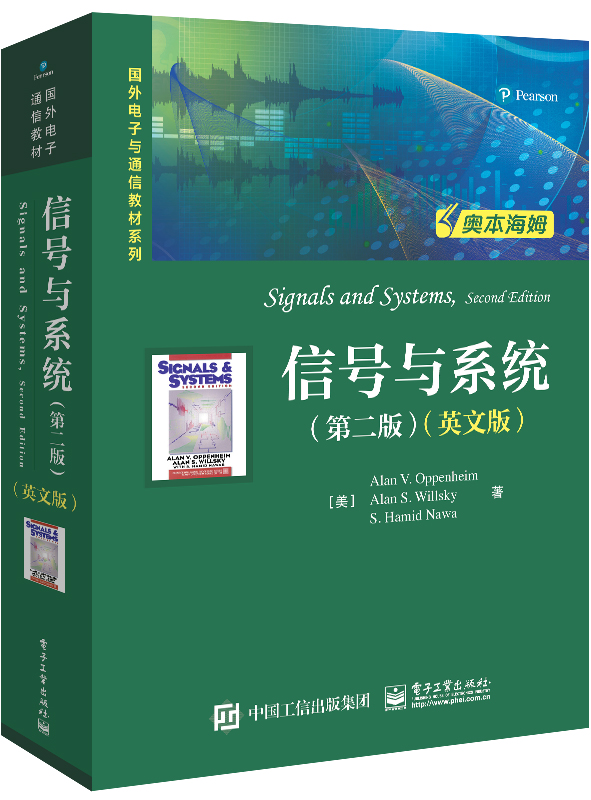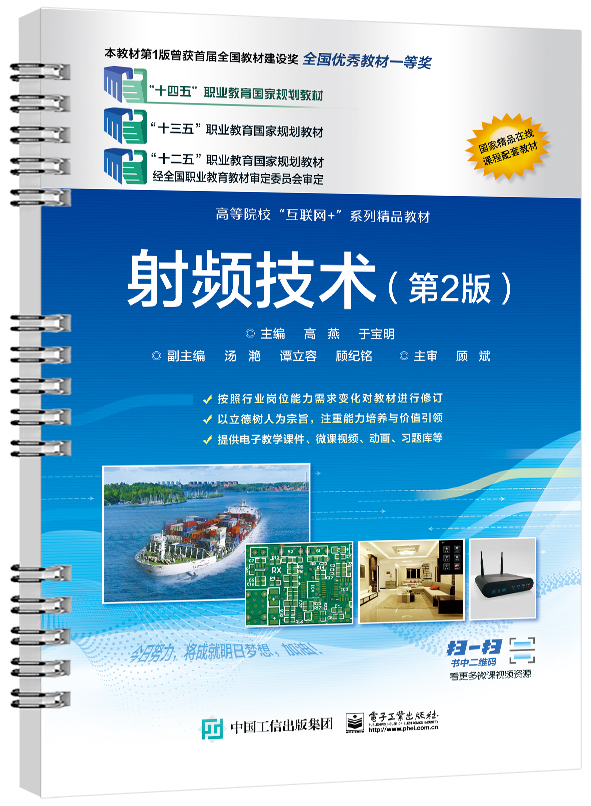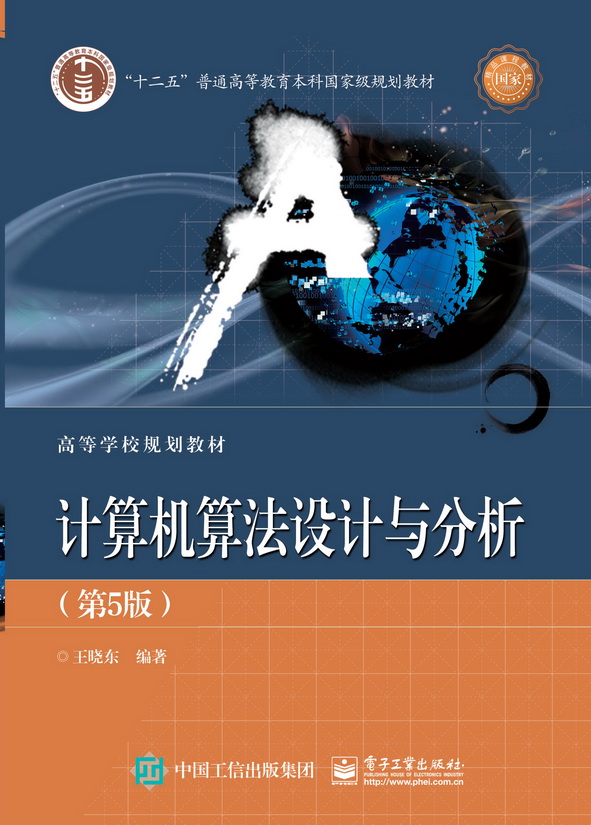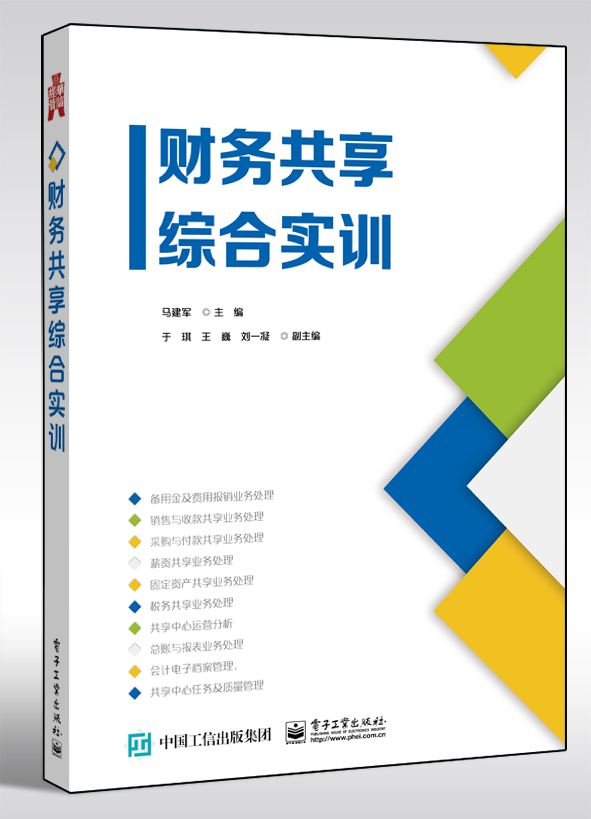信号与系统(第二版)(英文版)
丛 书 名:
国外电子与通信教材系列
作 译 者:Alan V. Oppenheim
出 版 日 期:2020-08-01
书 代 号:G0393320
I S B N:9787121393327
图书简介:
本书可向授课教师提供教辅资源(习题解答,PPT等),具体申请方式请联系Te_service@phei.com.cn。本书是美国麻省理工学院的经典教材之一,讨论了信号与系统分析的基本理论、基本分析方法及其应用。全书共分11章,主要讲述了线性系统的基本理论、信号与系统的基本概念、线性时不变系统、连续与离散信号的傅里叶表示、傅里叶变换以及时域和频域系统的分析方法等内容。本书作者使用了大量在滤波、采样、通信和反馈系统中的实例,并行讨论了连续系统、离散系统、时域系统和频域系统的分析方法,使读者能透彻地理解各种信号系统的分析方法并比较其异同。
-
配 套 资 源
-
图 书 内 容
内容简介
本书可向授课教师提供教辅资源(习题解答,PPT等),具体申请方式请联系Te_service@phei.com.cn。本书是美国麻省理工学院的经典教材之一,讨论了信号与系统分析的基本理论、基本分析方法及其应用。全书共分11章,主要讲述了线性系统的基本理论、信号与系统的基本概念、线性时不变系统、连续与离散信号的傅里叶表示、傅里叶变换以及时域和频域系统的分析方法等内容。本书作者使用了大量在滤波、采样、通信和反馈系统中的实例,并行讨论了连续系统、离散系统、时域系统和频域系统的分析方法,使读者能透彻地理解各种信号系统的分析方法并比较其异同。图书详情
ISBN:9787121393327开 本:16(185*260)页 数:984字 数:2047本书目录
前 言
作者简介
本书暂无作者简介 -
样 章 试 读
-
图 书 评 价 我要评论









